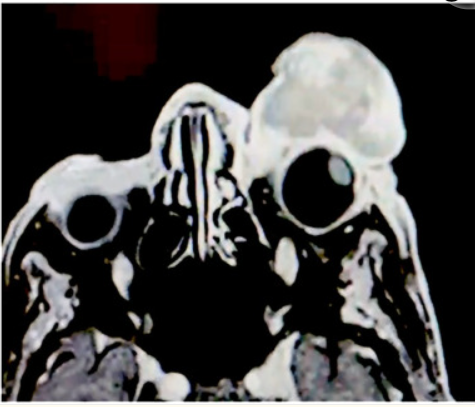
In a study published in BMC Health Services Research, Antonio Maria Fea, MD, PhD, and colleagues found that administering iStent inject® with concurrent cataract surgery is a cost-effective option, compared with cataract surgery alone, from the perspective of the Italian National Healthcare Service (NHS).
With this study, researchers sought to determine the cost-utility of combining the minimally invasive glaucoma surgery (MIGS) iStent inject® device with cataract surgery, as compared to cataract surgery alone, in patients with mild-to-moderate primary open-angle glaucoma (POAG).
To simulate possible outcomes and costs, the authors used a Markov model with four health states and one-month cycles. Outcomes were evaluated from the Italian NHS payer perspective, meaning that only direct healthcare costs (acquisition of main interventions and subsequent procedures; medications; monitoring and follow-up; adverse events) reimbursed and funded by the NHS are considered.
Efficacy data were obtained from the randomized clinical trial (RCT). A lifetime horizon was adopted in the analysis. A discount rate of 3.5% was applied to both costs and effects.
Sensitivity analyses confirmed the robustness of the model’s base-case results. Review of the base-case results indicated that the total lifetime costs were higher in the concurrent iStent inject® and cataract surgery group at €8,368.51 (approximately $9,781.11), compared with the cataract surgery alone group at €7,134.71 (approximately $8,339.05). However, concurrent iStent inject® and cataract surgery was cost-effective versus cataract surgery alone, with an incremental cost-effectiveness ratio of €13,037.01 (approximately $15,237.65) per quality-adjusted life year (QALY) gained.
Graphing the cost-effectiveness accessibility curve (CEAC) showed that concurrent iStent inject® and cataract surgery would have a 98% probability of being cost-effective, compared to cataract surgery alone, when the willingness to pay (WTP) threshold was equal to €50,000 (approximately $58,434.25) per QALY gained.
The study authors determined that concurrent iStent inject® and cataract surgery is cost-effective as a treatment option for mild-to-moderate POAG, compared with cataract surgery alone, but their findings are limited to the Italian NHS perspective and may not be generalizable to other health-care systems. The authors suggest that future studies on iStent Inject® should consider the hospital perspective alongside the NHS and verify the effective cost-utility for both parties.







 © 2025 Mashup Media, LLC, a Formedics Property. All Rights Reserved.
© 2025 Mashup Media, LLC, a Formedics Property. All Rights Reserved.